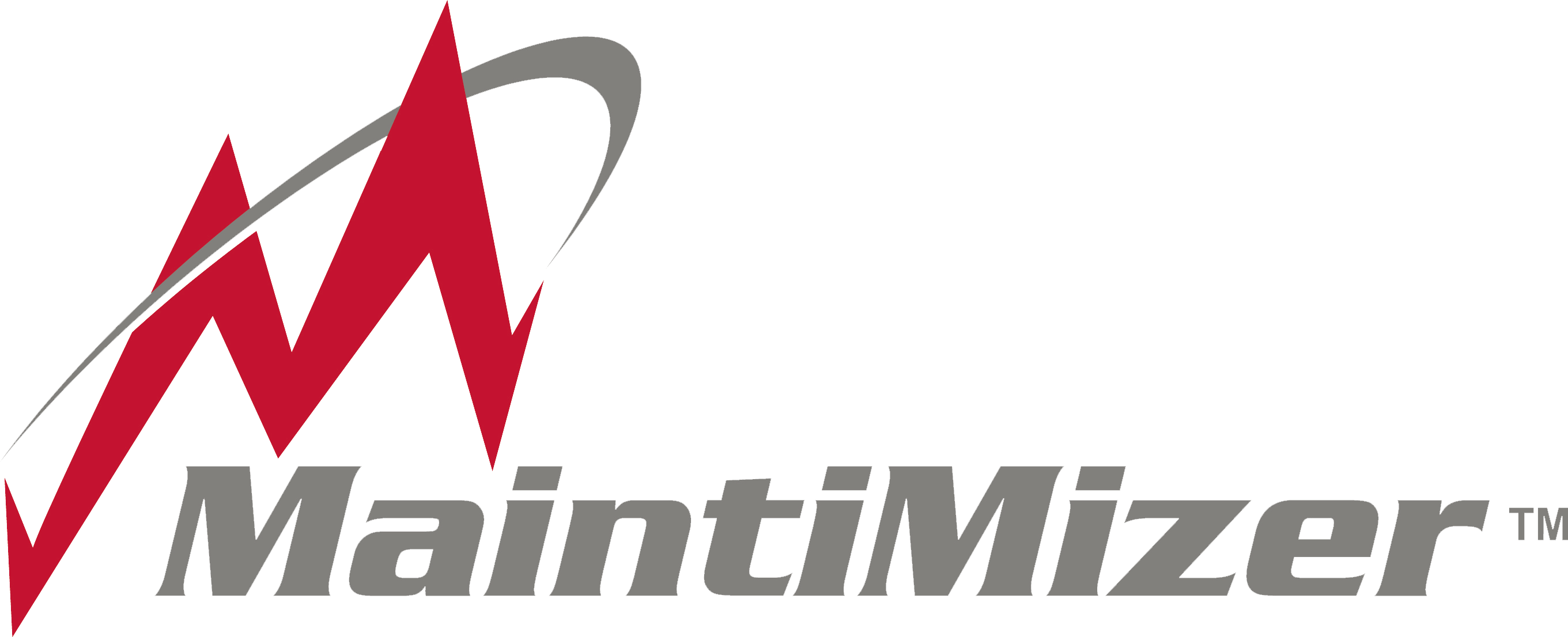CMMS vs ERP – this is a popular debate in the maintenance world, does an organization really need two systems to ensure the success of their internal business operations and production? I would argue that the answer is, yes! Now before we take a closer look at the differences and key functions of both types of systems, it is important to understand what they stand for and what their purposes are.

What is a CMMS?
A Computerized Maintenance Management System (CMMS) such as MaintiMizer, is a type of software that can come in several forms but is commonly used as an app or web-based platform. A CMMS stores information about an organization’s equipment and inventory. Using preventative maintenance (PM) tasks and corrective work orders, a CMMS works as a centralized system to streamline maintenance efficiency, communication and ultimately ensure the highest level of uptime as possible.
An Enterprise Resource Planning (ERP) system such as SAP, Oracle or IFS, is a type of software that aims to ensure the proper functioning of internal business processes and operations. Almost all ERP’s will have several different modules which cater to areas such as human resources, supply chain, manufacturing, and occasionally maintenance. The overarching goal for an ERP is to be a centralized system for streamlining business processes across an organization.
Differences between a CMMS and ERP
A CMMS has a sole, dedicated focus on maintenance, whereas an ERP encompasses maintenance into its suite of modules. This trend continues through the idea of customization. When examining the PM capabilities of both systems, the PM template in an ERP system is very rigid and forces the user into preset options. As opposed to allowing customization the way a CMMS does. There are countless users of ERP maintenance modules that use the phrase “cookie cutter PMs.” This phrase describes the data that does not have a place to be entered.
What can a CMMS offer than an ERP can’t?
What a CMMS can offer is the ability to complete the digital representation of a process in more than one way. Whether that would be adding customized fields or changing the fields that are mandatory. Choosing the rights and actions that a user can complete. As well as create custom reports which give you exactly the information the information you are looking for.
A CMMS has the ability to create a data rich profile of your equipment. This profile can include data points like equipment criticality, the live status of equipment (i.e. active in use, active inventory, pending service). Equipment name, a description and a parent which allows you to form a hierarchy. Once these fields have been populated, the user can go further and add inventory that is used on an asset. They can track the work that is carried out to maintain an asset, whether that be planned or reactive. PM work orders and corrective work orders are used to track maintenance that needs to be completed and ensure their production output does not decrease. Work orders can be automated to make them quick and easy to create and edit.
Integration and benefits of an ERP
There are many different systems that a CMMS can integrate with, an ERP system is most obvious. The list also includes, purchase order, business information, email, analysis and reporting, and inventory management systems. To make it clear an ERP systems can be extremely beneficial for managing accounts, procurement, human resources and customer relationships. It does not have the customization or flexibility to tailor to an organization’s maintenance needs. It does not provide effective maintenance management. Maintenance is a key element when it comes to the production of almost anything. This is why it is unfathomable to manage it in a system that is not designed for the depth of data needed for an organization to run efficiently.
The answer to the debate of CMMS vs ERP is clear. Choose to integrate your CMMS and ERP systems to give your organization a holistic view and understanding of maintenance operations. This paves the way for improvement in decision-making. The streamlining of operations and processes as well as having highly accurate data to report on.
-Noah MacInnes-Clark – Ashcom Solutions Engineer
Want more information on why a CMMS is better than just an ERP? Here is some of our clients on why they chose to integrate MaintiMizer into their ERP:

